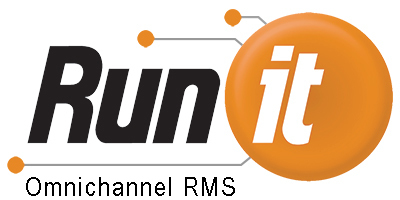Many retailers understand the foundational importance of point of sale (POS) technology as well as the critical nature of inventory management. Yet even as more business owners embrace hardware and software automating POS and move away from manual inventory counts, there remains an opportunity missed. Sync retail POS and inventory management systems and gain these 5 benefits as retail operations are optimized.
What is a retail POS?
Some 64% of single-store retailers aren’t using a POS system, according to a Software Advice survey. What are they missing? Many key capabilities:
- Checkout efficiency gained from receipt printing, barcode scanning, automated item look-up and price calculation as well as faster transaction times.
- Sales analytics give retailers insights into the top revenue drivers allowing them to focus on driving sales to money-making items.
- Customer management collects information about customer purchase histories, preferences and contact information and identifies returning customers.
Without a retail POS system, the retailer risks missing out on critical business intelligence and may slow down their business growth. Syncing the retail POS and inventory systems can see the retailer optimize even further.
So Why Sync?
Smart ordering
Sync the retail POS and inventory systems to gain key insights into customers as well as product inventory levels. Combining an understanding of what customers want and when they want it, with real-time access to inventory status, the retailer can order smarter.
Optimal inventory levels
An integrated system could help the apparel retailer identify sizes and colors in demand in various seasons to drive ordering decisions. Being able to identify shopping trends and simultaneously track items helps retailers better monitor inventory levels. Quickly resupply top sellers to avoid being out of stock when a customer is seeking a desired item.
Improved customer experience
With retail POS and inventory integration, the retailer’s sales associates gain real-time access to inventory information. The associate is able to provide more accurate information to customers on the store floor and better able to suggest an alternate, comparable item.
Real-time price management
With a dashboard view of product availability, pricing, costs, and sales, the retailer can more easily identify the low-selling products and phase them out. With integrated systems, the retailer can setup and activate price updates in real-time to take advantage of new opportunities or match competitors.
Multichannel communication
Connecting POS and inventory systems lets the retailer see unified inventory and sales across stores and retail channels. Know when an item sells in one store location or online and eliminate overselling for good. Instead of struggling to manually update systems across retail channels, enjoy accurate, real-time information sharing to drive cross-channel analytics.
Integrating POS and inventory systems gives retailers better control over stock information and better customer, employee and point of sale management tools. Sync retail POS and inventory systems to boost business cash flow, maximize inventory investment and gain better business intelligence to drive sales and customer loyalty.

Sources: Guinn, J. (n.d.). 5 Must-Have Retail POS Software Features to Streamline Your Small Business. http://www.softwareadvice.com/resources/retail-pos-features-for-small-business/









